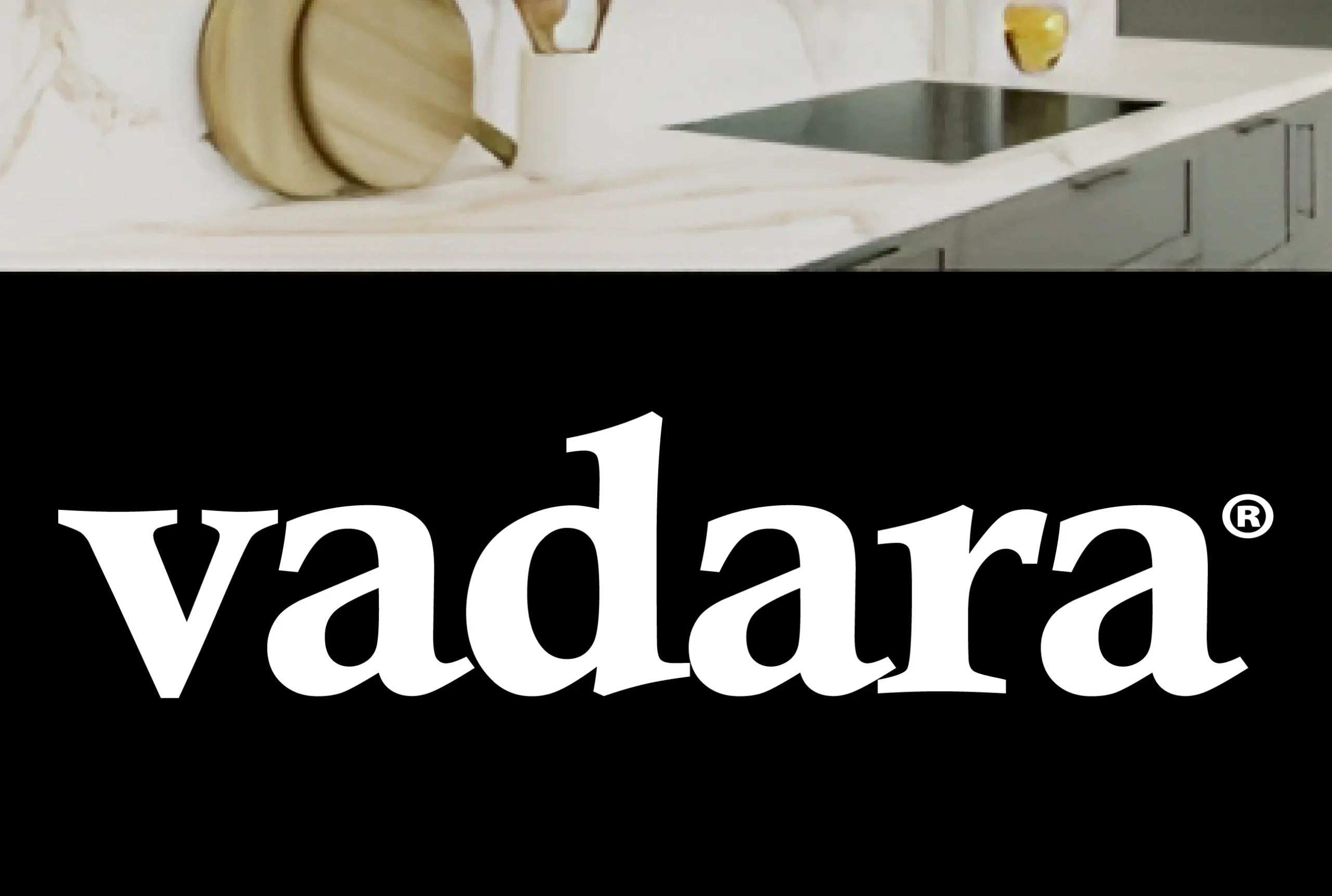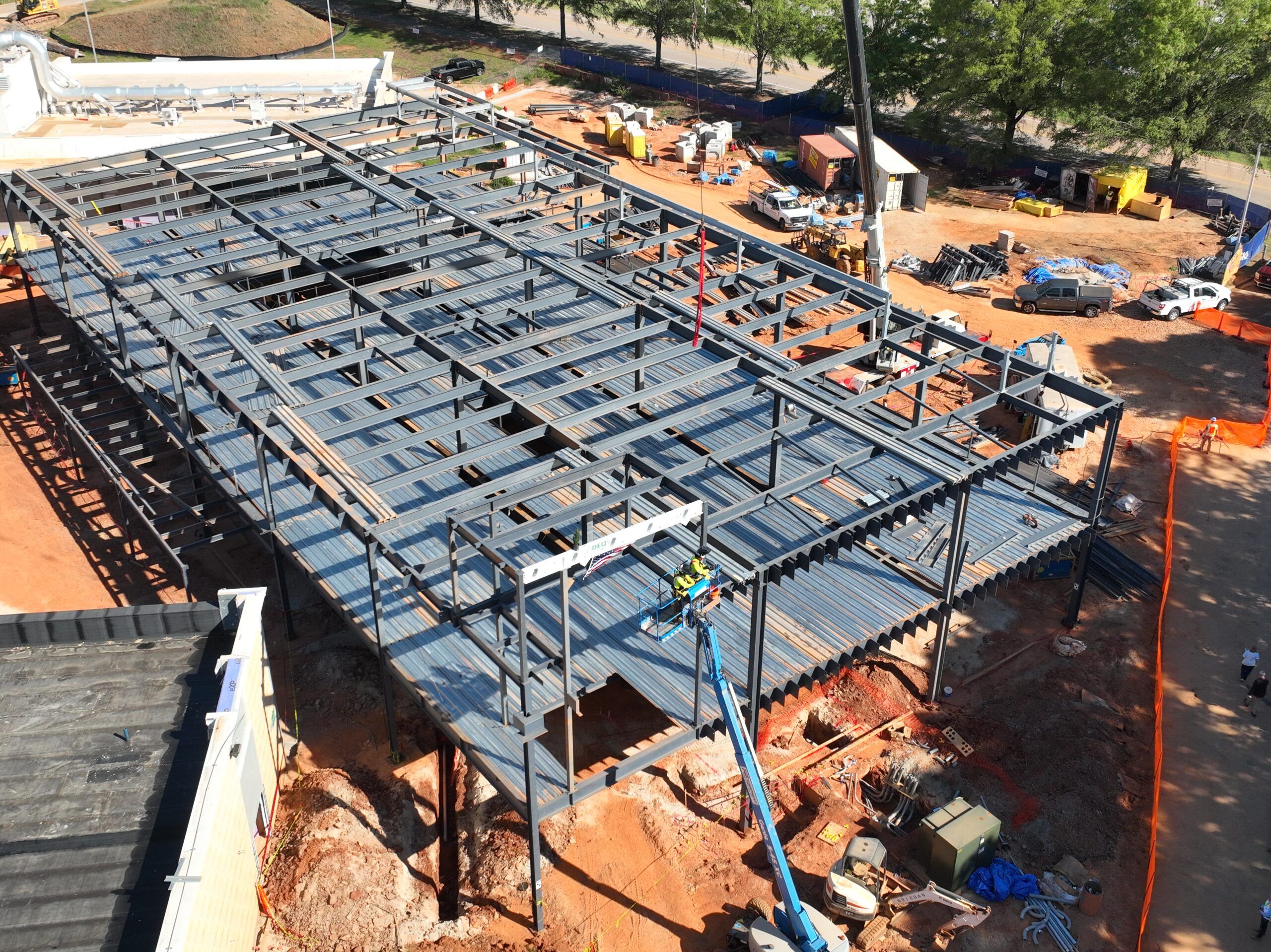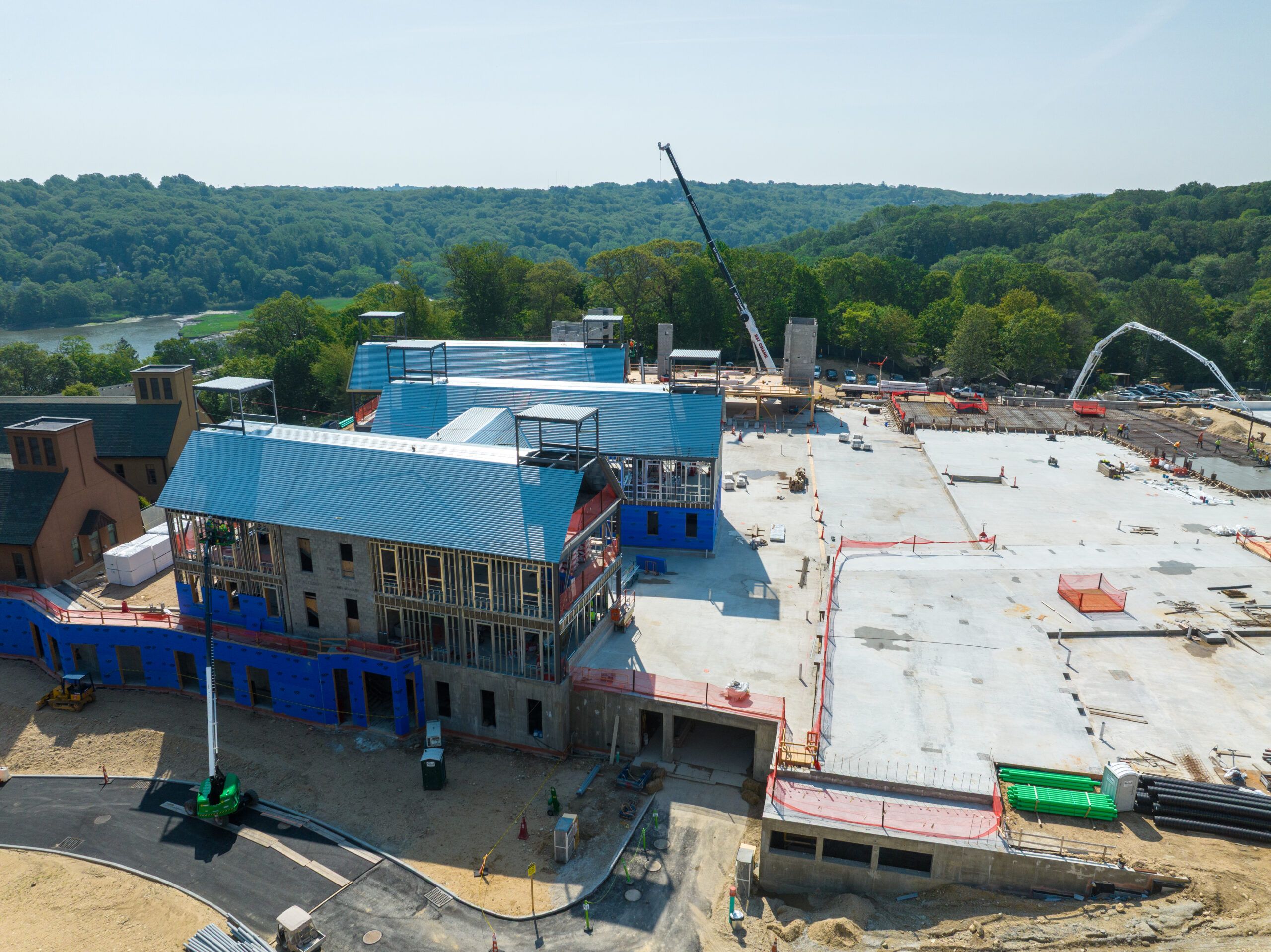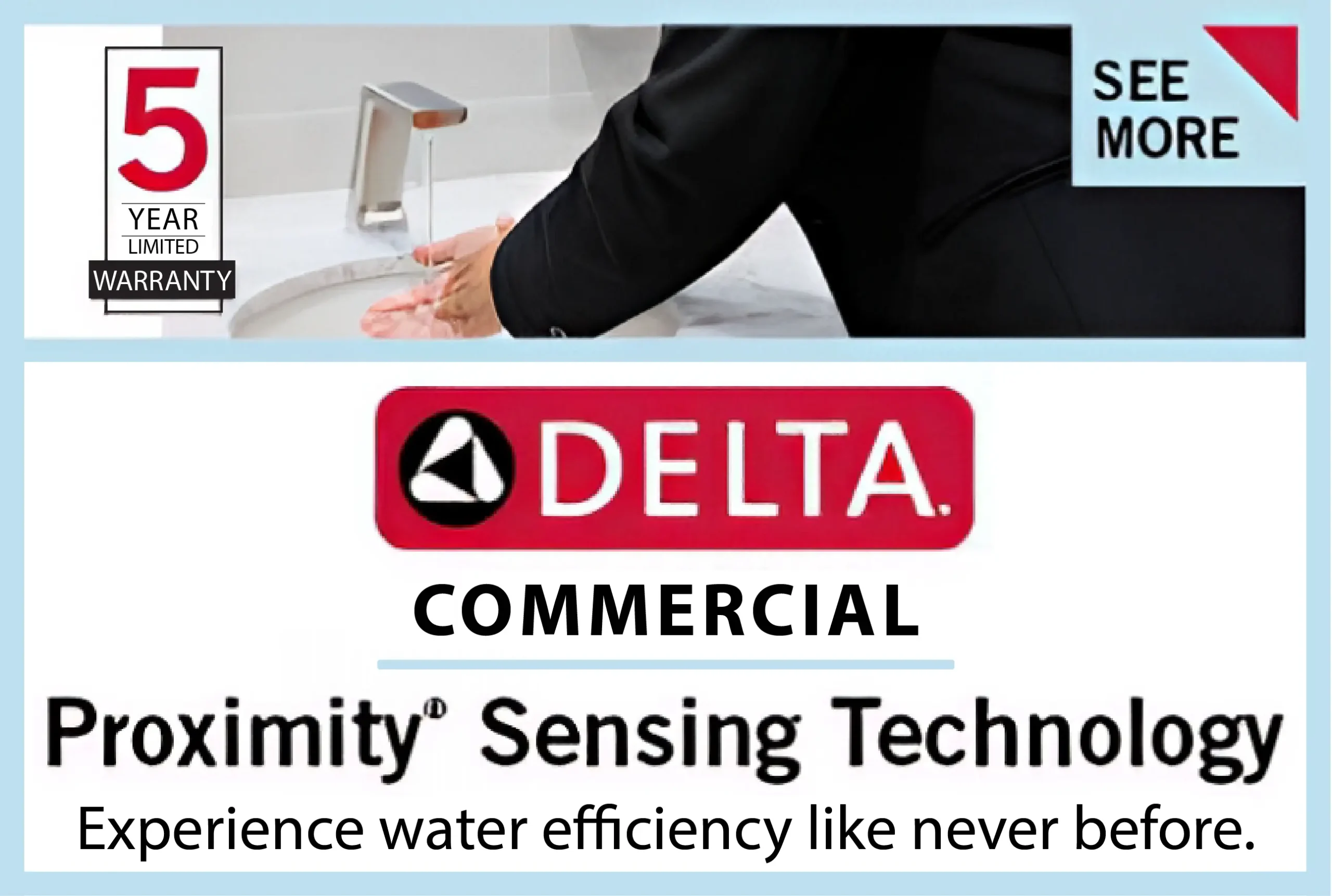In today’s fast-paced business environment, maintaining a clean and healthy workspace is more important than ever. Companies seeking top-tier hygiene standards are turning to precision commercial cleaning services to meet these demands. As we move further into 2025, the commercial cleaning industry is evolving rapidly, driven by technological advancements, sustainability concerns, and changing client expectations. This transformation promises to revolutionize how businesses maintain their facilities, improving efficiency, safety, and environmental impact.
Technology Revolutionizing Cleaning Processes
One of the most significant forces shaping the future of commercial cleaning is technology. Automation and smart devices are being integrated into cleaning routines to increase productivity and ensure consistent results. Robots designed for floor cleaning, window washing, and even sanitizing spaces have become increasingly sophisticated, enabling cleaning companies to cover larger areas with reduced manual labor. These machines can operate during off-hours, minimizing disruption to business activities and maximizing efficiency.
Artificial intelligence and machine learning are also playing a pivotal role. AI-powered cleaning robots can map out spaces, detect dirt, and adjust cleaning patterns accordingly. This level of precision reduces wasted time and resources, ensuring that every corner receives the attention it needs. Additionally, sensors embedded in facilities provide real-time data on cleanliness levels and foot traffic, allowing cleaning schedules to be optimized dynamically. This data-driven approach not only saves costs but also helps maintain higher hygiene standards, which is especially crucial in healthcare and food service industries.
Cloud-based platforms and mobile apps have transformed how cleaning companies manage their operations and communicate with clients. Service providers can now schedule tasks, track progress, and gather client feedback seamlessly, all through digital interfaces. This transparency enhances accountability and builds trust between cleaning firms and their customers. For businesses, this means greater control and insight into the cleanliness of their premises, without having to oversee the process physically.
Sustainability: A Core Driver for Change
Alongside technological innovation, sustainability is becoming a non-negotiable factor in commercial cleaning. Businesses are under increasing pressure to reduce their environmental footprint, and cleaning services are no exception. Many companies now demand eco-friendly cleaning products and methods that minimize chemical use and waste.
The adoption of green cleaning solutions has accelerated in recent years. These products are biodegradable, non-toxic, and safe for both occupants and the environment. Precision commercial cleaning providers are investing in training their staff to use these products effectively, ensuring that sustainability does not compromise the quality of their cleaning. Moreover, advances in cleaning chemistry are producing solutions that are both powerful and environmentally responsible.
Water conservation is another critical aspect of sustainable cleaning. New technologies, such as microfiber cleaning cloths and low-water-use machines, are significantly reducing water consumption. Some companies even employ water reclamation systems that recycle water during cleaning operations. These innovations not only save precious resources but also help businesses comply with increasingly strict environmental regulations.
Waste management practices are evolving in tandem with cleaning protocols. Commercial cleaning companies are assisting clients in sorting and disposing of waste responsibly, supporting recycling initiatives, and reducing landfill contributions. By integrating these practices, cleaning firms are becoming partners in broader corporate sustainability goals, which enhances their value proposition in competitive markets.
Enhanced Safety and Health Protocols
The global health crisis accelerated the commercial cleaning industry’s focus on sanitation and safety. Even as the pandemic recedes, these heightened standards will remain in place. Businesses recognize that cleanliness has a direct impact on employee health, customer confidence, and overall brand reputation.
Advanced disinfecting technologies are now standard tools in commercial cleaning arsenals. Ultraviolet (UV) light devices, for instance, are used to kill bacteria and viruses on surfaces without the use of harmful chemicals. Electrostatic sprayers have also gained popularity due to their ability to evenly distribute disinfectants, covering complex surfaces more thoroughly than traditional methods.
The future of commercial cleaning is likely to see even greater integration of these advanced sanitation techniques. Cleaning firms are adopting protocols based on scientific research to prevent the spread of infectious diseases, not only during outbreaks but as a routine practice. This proactive approach contributes to healthier workplaces and helps reduce absenteeism.
Staff training has become more comprehensive, emphasizing proper hygiene practices and the safe handling of cleaning agents. This ensures cleaning personnel are well-prepared to meet the demands of modern facilities, from office buildings to healthcare environments. Additionally, personal protective equipment (PPE) standards have been elevated, protecting both workers and clients.
The Human Element: Skilled Professionals at the Core
Despite all the technological advances, human expertise remains essential in the commercial cleaning industry. Machines and chemicals are only as effective as the professionals who deploy them. Skilled cleaning staff bring attention to detail, judgment, and adaptability that technology alone cannot replicate.
Looking forward, the industry is focusing on workforce development to keep pace with new tools and methods. Training programs now include instruction on operating automated equipment, interpreting data analytics, and applying sustainable cleaning practices. This equips cleaning professionals with a diverse skill set to tackle evolving challenges.
Furthermore, many commercial cleaning companies are investing in employee well-being and retention strategies. This reflects a broader recognition that motivated, knowledgeable workers deliver higher-quality service. A committed workforce helps foster long-term client relationships and a reputation for excellence.
Conclusion
As we progress through 2025, the future of commercial cleaning is being shaped by a blend of innovation, sustainability, and human expertise. The integration of cutting-edge technologies, such as AI-powered robots, data-driven management, and eco-friendly products, is transforming the industry into a more efficient, responsible, and health-conscious sector. Businesses seeking to maintain spotless and safe environments will increasingly rely on precision commercial cleaning services that incorporate these advancements. The result will be cleaner, healthier workplaces that meet the demands of modern business while protecting our planet for future generations.











